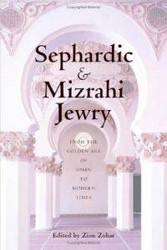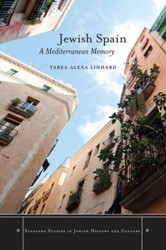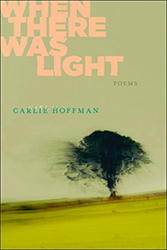One of the most prominent topics in academic Jewish Studies is the study of how Jewish people construct their identity across different historical and geographical contexts. Aviad Moreno’s monograph, Entwined Homelands, Empowered Diasporas, is a unique contribution to this subject, one that calls for a reconsideration of some of its central categories (such as diaspora, homeland, language, and community). This study of Hispanic Moroccan Jewry from the mid-nineteenth century to the present illustrates the complex dynamics that contribute to identity formation.
Moreno’s account begins with the Hispano – Moroccan War of 1859 – 1860, after which Spain increased their colonial presence in Morocco. Spaniards framed this presence not as mere colonialism but as a nostalgic “reencounter” between Spain and the Jews and Muslims in Morocco, one that could recreate the “Golden Age” of Spain, in which members of the three Abrahamic traditions lived and worked harmoniously.
Starting in the 1930s, Spanish dictator Francisco Franco emphasized Moroccan Jewry’s connection to Spain in order to support his colonial aspirations, as it licensed the construction of academic and cultural institutions to promote and study the mythic Spanish – Jewish alliance. This approached served Spanish political ends (in a “top-down” manner), but was also embraced (in a “bottom up” fashion) by Sephardic Jews, many of whom were fluent in Haketia, a form of Judeo-Spanish that borrows from other North African languages including Arabic. Moreno charts how Spanish colonialists promoted “philo-Sephardic” ideas that were embraced and circulated by Jews themselves through newspapers, folklore, and music. Hispanic Moroccan Jews, over time, crafted a unique identity that embraced their connection to Spain as well as to their history in North Africa. This continued even as Hispanic Moroccan Jews migrated to North and South America. With communities in countries such as Argentina and Venezuela, they remained connected both through geographical return and through the exchange of media, such as newspapers, crafting “transregional power relations and networks of communal solidarity.”
Counterintuitively, the embrace of Zionism by some Hispanic Moroccan Jews strengthened rather than disrupted identity formation. Moreno explores how Hispanic Moroccan Jews both formed and supported Zionist organizations. More specifically, they partnered with other Middle Eastern and North African Sephardic Jews to create Sephardic Zionist organizations beginning in the 1920s. This ethnic and cultural solidarity continued after the founding of the state of Israel in 1948. After Moroccan independence in 1956 there was a rise of Arab nationalism, and Hispanic Moroccan Jews were newly perceived as “Jews in distress.” Many, including Zionists, supported their immigration to South America and Israel. In countries such as Venezuela, Zionist activities (such as enrolling children in the Herzl-Bialik School) united multiethnic Jewish communities including Hispanic Moroccan Jews. Unlike those in Venezuela, Hispanic Moroccan Jews in Israel often settled in economically impoverished areas, thereby marginalizing them in the Ashkenazi-centric Israeli society. In response, Hispanic Moroccan Jews in Israel developed communal networks that stressed their ancestry in Morocco and Spain (including the production of scholarship on Haketia).
The fact that Hispanic Moroccan Jews had multiple homelands, and developed transnational networks of support and solidarity, challenges the idea that diaspora communities necessarily position themselves as longing for a distant homeland, rather than comfortable in the construction of their communal identity in diaspora. Moreno’s detailed and theoretically complex study will interest not only those curious about Middle Eastern and North African Jews, but also anyone invested in understanding how people develop their identity in the postcolonial matrix of the modern world.
Brian Hillman is an assistant professor in the Department of Philosophy and Religious Studies at Towson University.





